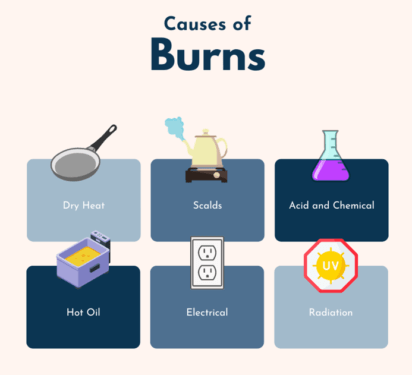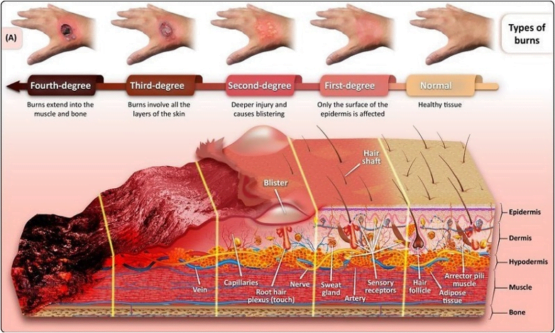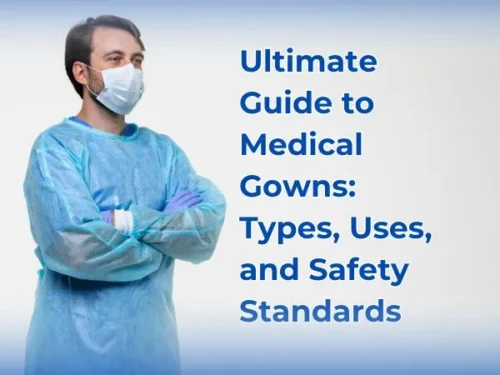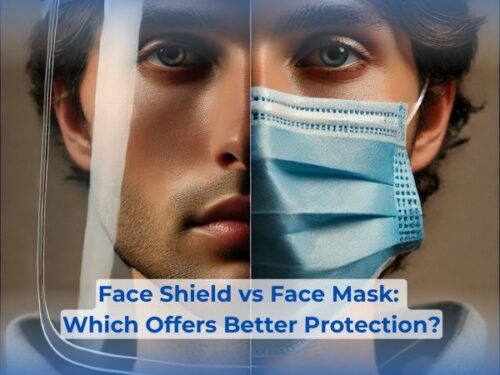Burns, by definition, include the deterioration of skin tissue in response to its exposure to heat, electric current, intense sunlight, certain chemical agents, or ionizing radiations. The effect of burns on human health depends on their severity which ranges from minor to major. In some cases, burns can be severe enough to cause fatalities.
Common causes of burns
Burns can commonly be caused by:
- Fire
- Steam
- Hot water
- Electric current
- Heated metal
- Heated glass
- Radiations
- Intense sunlight
- Chemical agents i.e. gasoline, strong acids, strong bases, lye, paint thinners, etc.
- Abuse or self-harm

The most common causes of burns
Degrees of skin burns
Bruising of the skin thus caused can be classified into 4 degrees:
1st-degree (superficial) burns: Burns which are confined to the epidermal layer i.e. only the outer covering of skin are termed 1st-degree burns. The reddish appearance of the burnt area, along with pain, is the frequently reported symptom. Once the healing process starts, the skin appears to be dry and peels off.
2nd-degree (partial thickness) burns: If the burns penetrate deeper than the epidermis and affect the dermis, the second layer of skin, they are classified into 2nd-degree burns. Severe pain, inflammation, and redness of the affected area are the common indications of 2nd-degree burns. Moreover, blistering can also happen. In this case of burning, a permanent scar can remain on the skin.
3rd-degree (full thickness) burns: In case of the fat layer of skin being damaged by burning, the burns are termed as 3rd-degree burns. The skin color may thus give a whitish, brownish, or blackish appearance with a leathery texture. Numbness of the affected area due to nerve damage is common resulting in the lost sensation of pain.
4th-degree burns: If the burns extend into muscles and bones, they are termed 4th-degree burns.

A comparison of normal skin with all 4 degrees of burns
Complications associated with burning
In case of severe burns, especially 3rd and 4th-degree burns, the following complications may worsen the situation:
- Sepsis i.e. a bacterial infection that may spread into the bloodstream
- Keloid formation i.e. severe scarring of the burnt area
- Hypothermia i.e. reduced body temperature
- Hypovolemia i.e. reduced blood volume
- Breathing difficulties
What to do in case of a burn?
According to WHO, first aid should be provided immediately after burning by following the given guidelines:
- If the burnt area is covered with clothes, remove the remaining pieces of clothing.
- Reduce the temperature of the affected area by putting it under cool running water for a few minutes. The same is to be done in case of chemical burns.

Cool water is being run over the burnt area
- Do not apply toothpaste, turmeric (haldi), oil, raw cotton, or ice on the burnt area.
- In case of 1st-degree burns, a local anesthetic containing lidocaine with aloe vera gel/cream should be applied followed by an antibiotic ointment. The affected area should be wrapped in loose gauze. At this stage, there is no need to visit a hospital. Moreover, no permanent scarring follows.
- If the blisters are appearing on the affected area indicating 2nd-degree burns, immediately run cool water on the area for 15 minutes or longer. Keep the damaged area clean until the blisters start to pop up. In this case, healing can take 2 to 3 weeks which occurs mostly without any scarring. If a scar appears, tissue grafting can be a helpful technique to restore the initial texture of the skin.
Moreover, if, even after taking first aid for the less severe burns, the following symptoms appear, it is advised to contact your medical health care provider:
- Scar formation on the affected area
- Wound oozing, redness, and inflammation
- Pain persists for more than 2 weeks
When to visit the hospital with a burn?
In case of 3rd and 4th-degree burns, it is compulsory to take the patient to the hospital. Surgeries may also be required especially to avoid permanent scarring. Although the healing time differs with the severity of burns.
Furthermore, in the following conditions/observations, it is advised to seek medical help immediately:
- The cause of burning is electric current.
- A chemical agent is responsible for burning the skin.
- Difficulty in breathing.
- If the burnt area includes the face, hands, feet, groin, or buttock.
- Burning over the lung area.
- The leathery appearance of skin.
- The blackish, brownish, or whitish appearance of the burnt area.
Long-term treatment and care options
As the complete healing from the burns is time taking, the patient may need the following assistance depending upon his or her situation:
- Pain management medications may be required for longer periods.
- Cosmetic reconstruction as well as grafting of the skin tissue may be needed to make the skin look normal.
Prevention
Although burns, if severe, are a major life risk, they can be prevented by adopting simple practices. Some of these precautionary measures are discussed below:
- Keep lighters, matches, hot liquids, acids, bases, or other corrosive chemicals out of reach of children and pets. Proper handling of corrosive liquid substances i.e. wearing gloves and eyewear is highly advised.
- Sources of heat such as fireplaces, stoves, outdoor grills, and heaters should be checked from time to time to ensure their safety for use.
- Install smoke detectors in your home. Make sure they are working properly by doing an annual analysis.
- Keep fire extinguishers in your home. Ensure their intactness. Learn how to hold and use them if the need arises.
Conclusion
Burning is of the most commonly occurring accidents domestically as well as in workspaces. Owing to the multiple causes of burning, items, and appliances of day-to-day use can at times be responsible for severe burns which are classified based on their severity. Although for 1st and 2nd-degree burns, unlike 3rd and 4th-degree burns, hospital visits are not necessary but first aid must be given to the patient immediately following the guidelines recommended by WHO. Thus, with proper care, the burns can be cured in a shorter time period with almost no scarring.

PhD Scholar (Pharmaceutics), MPhil (Pharmaceutics), Pharm D, B. Sc.
Uzma Zafar is a dedicated and highly motivated pharmaceutical professional currently pursuing her PhD in Pharmaceutics at the Punjab University College of Pharmacy, University of the Punjab. With a comprehensive academic and research background, Uzma has consistently excelled in her studies, securing first division throughout her educational journey.
Uzma’s passion for the pharmaceutical field is evident from her active engagement during her Doctor of Pharmacy (Pharm.D) program, where she not only mastered industrial techniques and clinical case studies but also delved into marketing strategies and management skills.


















